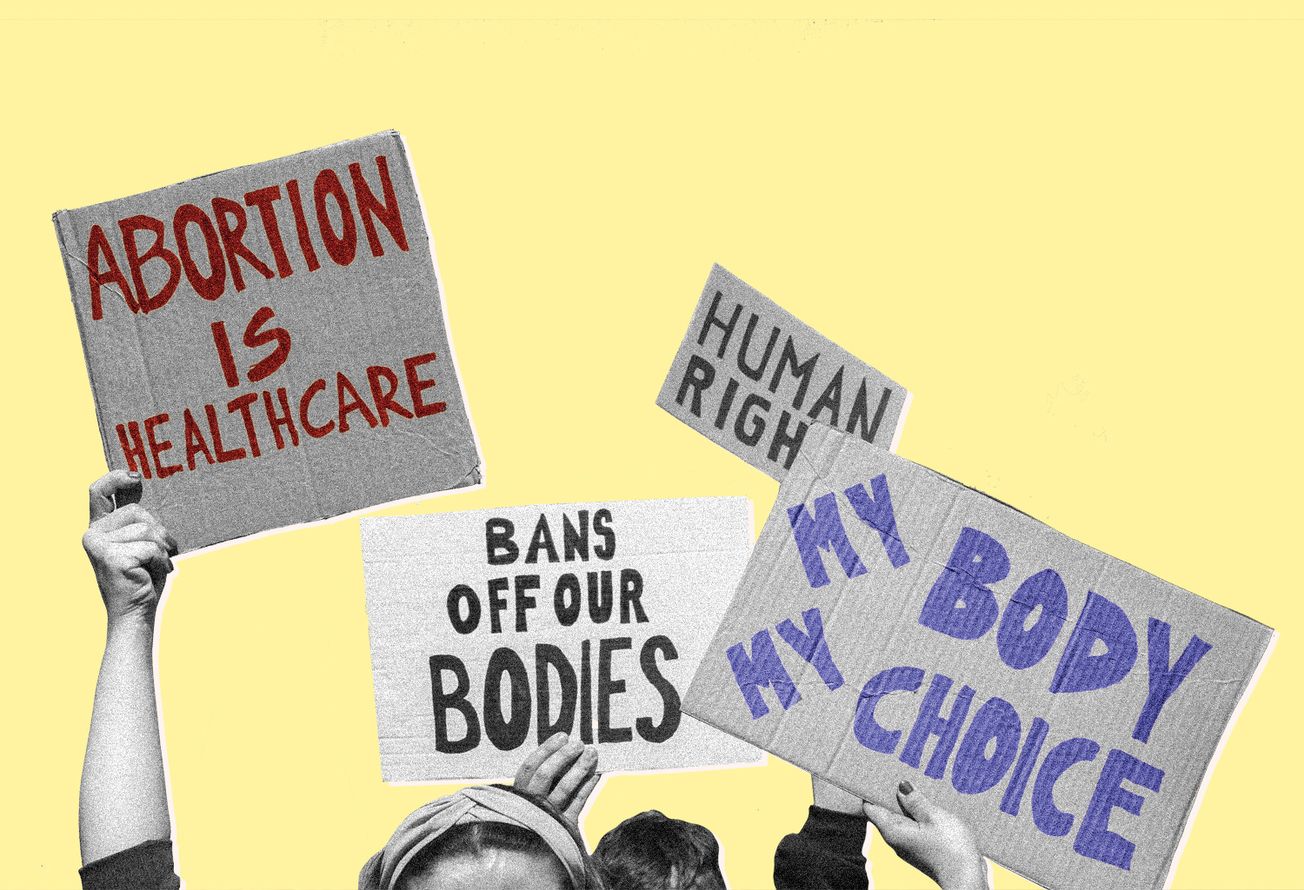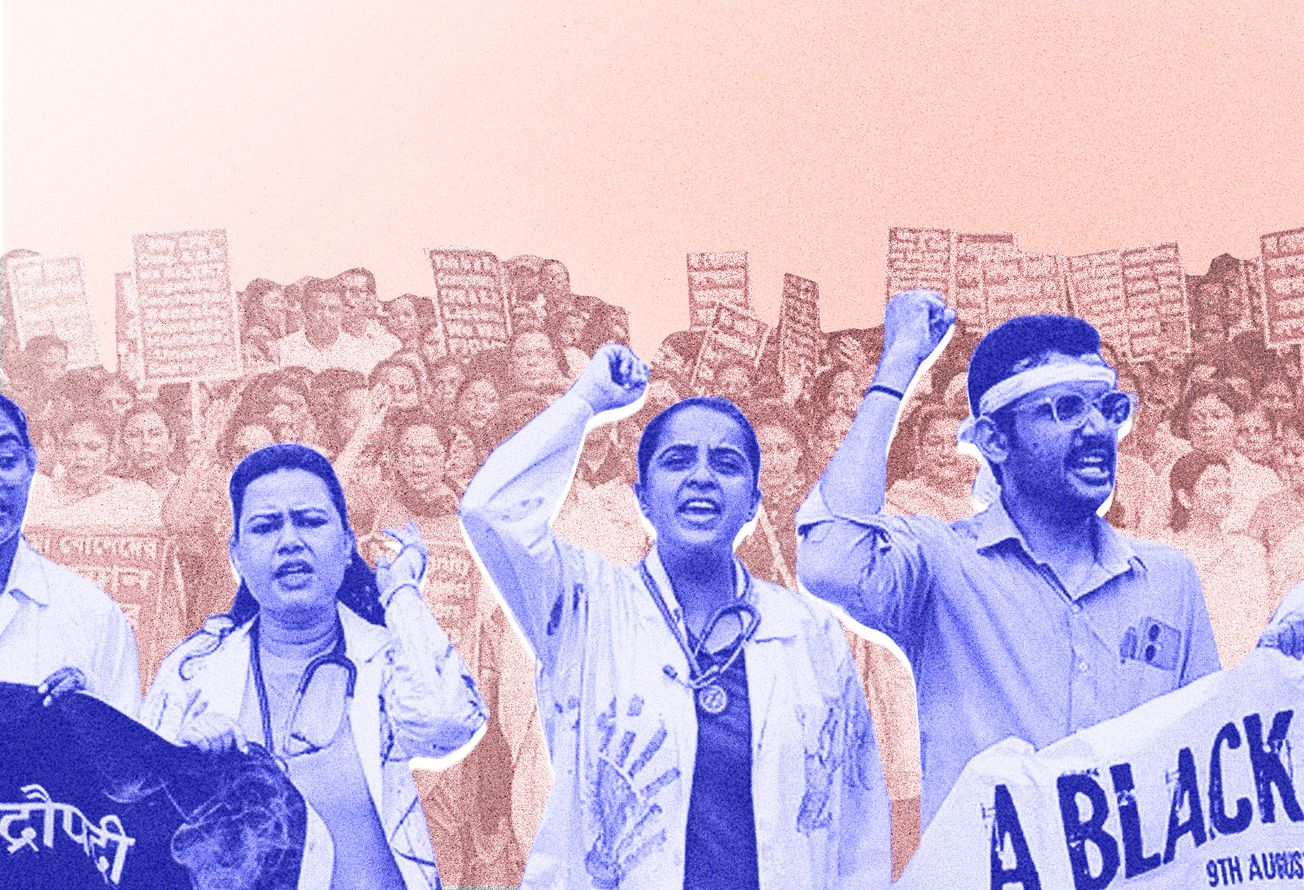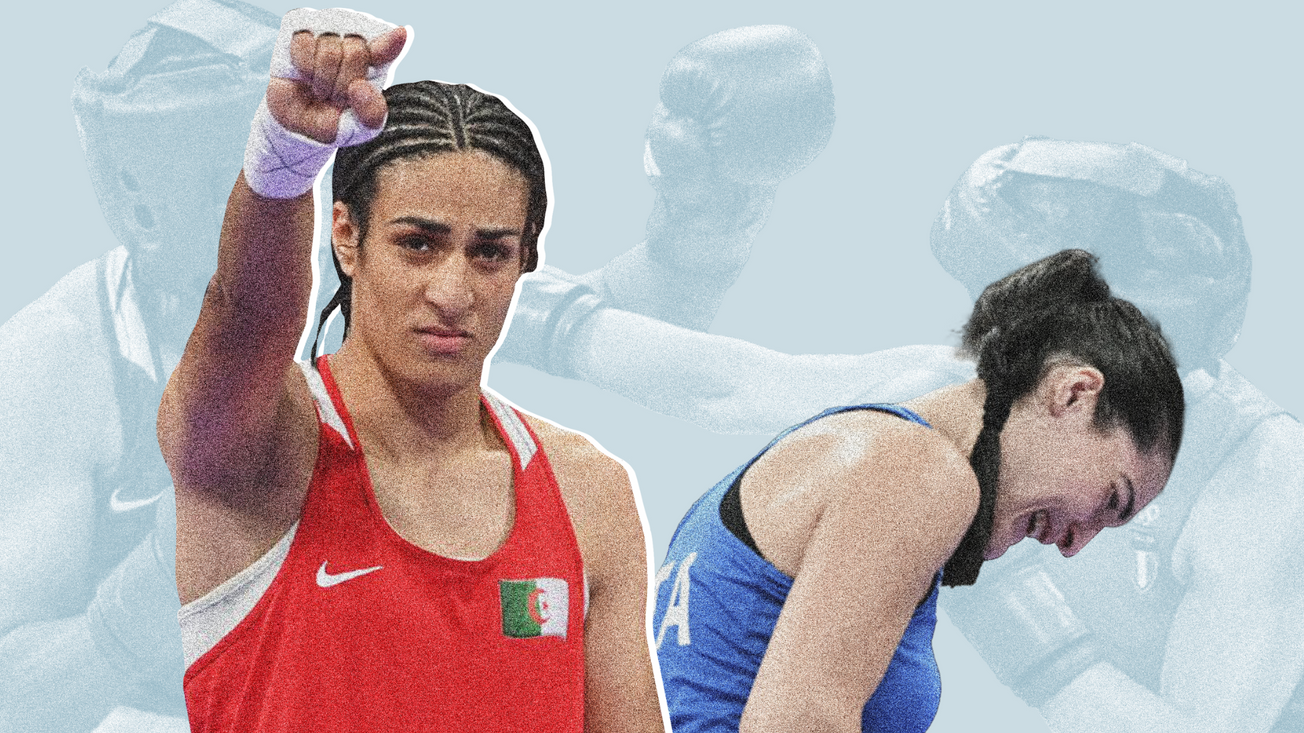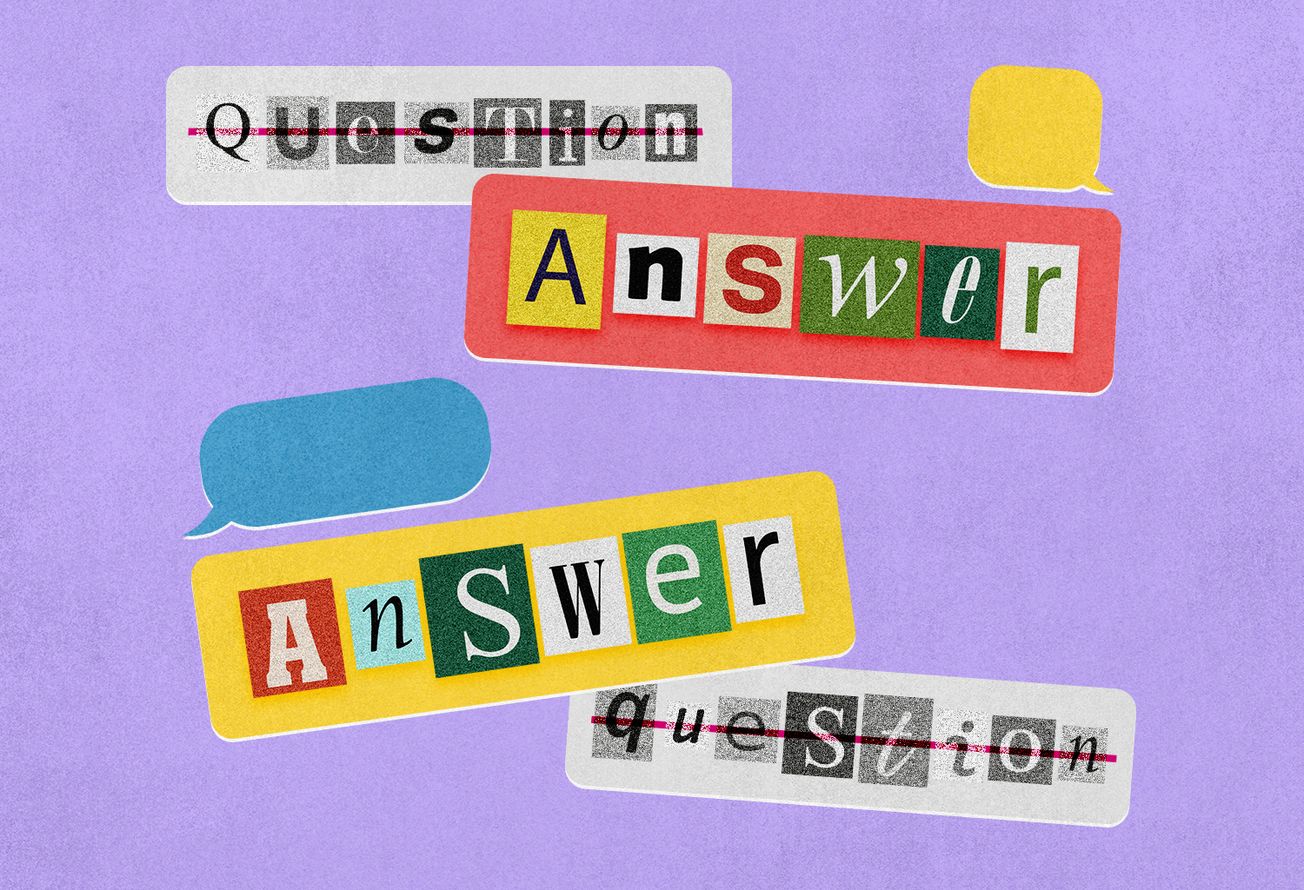Image Courtesy: Dipesh Gurav
The Indian government (ostensibly) wants to resolve the problems of child marriage, maternal mortality, sex ratio, and malnutrition and it believes increasing women's legal age of marriage is the solution. A task force was set up in June 2020 to review this consideration and the decision will be taken based on its recommendations. Led by the former Samata Party president, Jaya Jaitly, the task force has ten members in all (see the full list and contact details below*). It will examine the connection between marriage age and the problems of maternal mortality, fertility rate, and sex ratio and present their findings.
The current legal age for marriage is 18 for women and 21 for men as per the Prohibition of Child Marriage Act, 2006. The disparity in ages for men and women can be attributed to the sexist assumptions that women mature faster than men and need to be younger than their husbands.
The most obvious issue with increasing the minimum age of marriage. If an 18 year old is no longer considered a child, can vote, she should have the right to decide when to get married (or whether to get married at all). She will make the decisions that are best for herself if she has access to education, (especially sex-education) and feminist awareness. Putting "marriageable age" at the centre of the discussion is looking at sexuality, motherhood, and health through a very patriarchal lens. Treating girls and women as potential brides rather than as people with agency over their sexuality is sexist. Which is not to say that we are saying women should get married early or get married at all.
Will this reform help reduce or end child marriage? We don't see how. Currently, child marriage is not void by default though a child can apply for it to be annulled. This is a major loophole that needs reform in ways that do not criminalize sexuality among younger people.
Even though the minimum marriageable age for girls/women is already set at 18 by law, child marriages are prevalent in India. Around 27% girls are married before 18. Age is not the sole driving factor for child marriage. Socio-economic factors such as poverty, dowry (younger brides typically command smaller dowries), lack of education, and patriarchal traditions that view women's destiny and well-being in being wives are.
Does this reform promote gender equality? While it's true that women who marry late are more likely to receive higher education and find employment, raising the minimum age by three years alone will not solve the problem. Besides, imposing punitive measures to implement the minimum marriage age will only further marginalise women (especially SC/ST) who do not have access to legal aid and are endangered by systemic injustices. Besides, making patriarchal laws for women regarding their bodily autonomy and undermining their agency is hardly gender equality.
Does this reform have health benefits for girls and young women? Patriarchal biases in health care prevent unmarried women in India from accessing reproductive health. Increasing the legal age complicates this further. It is very likely to exclude younger or unmarried sexually active women from accessing reproductive healthcare. Marginalised women will be the worst affected as 46% of child marriages are women from the lowest income bracket.
Are people most concerned being heard? In July 2020, a month after the task force was formed, 96 civil society organisations created a platform called ‘‘Young Voices” that brought together 2500 children, adolescents and young adults from marginalised communities across 15 states. Asserting their right to be consulted in the formulation of policy and programmes affecting their lives, they collated a report for the task force. The findings of the report drew attention to the criminalisation of consensual sexual relationships of young people and a host of issues explaining how increasing the age of marriage will either harm or have no impact by itself unless the root causes of women’s disempowerment are addressed.
What is a more viable solution to these problems? Increased access to education, better nutrition, greater access to family planning services, and the destigmatizing of younger people's sexuality are more likely to tackle the problem. The large-scale sexist rhetoric and misogyny are problems that will not go away with this reform and it is those that need to be tackled first.
--
Oxfam India have created a call to action to stop the minimum age from being increased to 21. You can access that here.
--
* The 10 members of the task force include:
- Ms. Jaya Jaitly - Chairperson
- Dr. Vinod Paul, Member (Health), Niti Aayog (vinodk.paul@gov.in)
- Secretary, M/o Health and Family Welfare- Rajesh Bhushan, who replaced Preeti Sudan as of 31, July, 2020 (secyhfw@nic.in)
- Secretary, M/o Women & Child Development- Ram Mohan Mishra, who replaced Ajay Tirkey (secy.wcd@nic.in)
- Secretary, D/o Higher Education - Amit Khare (secy.dhe@nic.in)
- Secretary, D/o School Education & Literacy - Anita Karwal (secy.sel@nic.in)
- Secretary, Legislative Department - Dr. G. Narayana Raju (gn.raju@nic.in)
- Ms. Najma Akhtar- Vice Chancellor of Jamia Millia Islamia
- Ms. Vasudha Kamath- Former Vice-Chancellor of SNDT University, Mumbai
- Dr. Dipti Shah- Gynaecologist and Dean of Ahmedabad Municipal Corporation Medical Education Trust (AMC MET) Medical College










